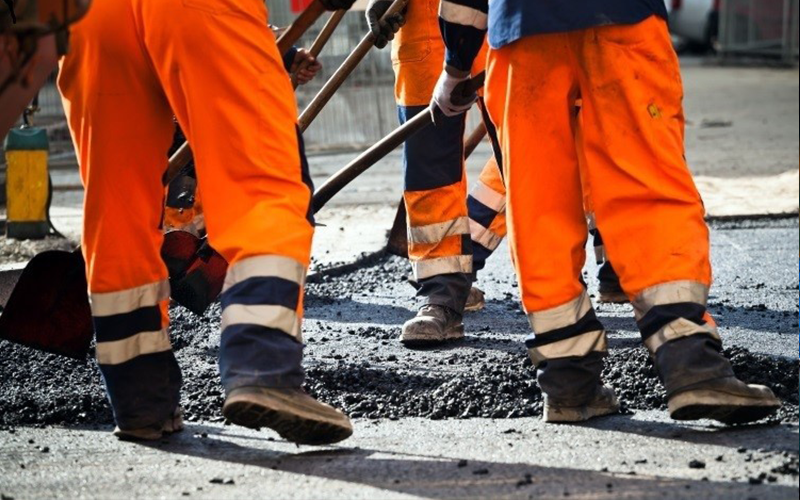
P.I.: Shane Underwood, Mikhail Chester
Arizona State University
Year: 2016
Arizona State University
Year: 2016
Climate change and extreme weather events have become issues of greater relevance to transportation engineering professionals (Meyer et al. 2014). However, there remains relatively weak science for how climate change hazards can impact transportation infrastructure, the personal and commercial use of the infrastructure, the economic disparities that may occur from inconsistent geospatial and temporal influences, and how these impacts should be best managed. Recently the National Cooperative Highway Research Program evaluated how climate change might introduce hazards to transportation infrastructure. The outcomes provided, in very general terms, scenarios for the potential impact of these changes (Gaspard et al. 2007). While useful for planning, operations, and disaster management uses, these findings do not provide tangible information for designers on the engineering controls that may emerge in response to greater climatological uncertainty nor the economic impacts associated with the uncertainty. For example, in one scenario designs may adjust to a higher overall level of reliability, which will increase infrastructure costs and maintain current levels of performance. In an alternative vision the engineering could remain the same and performance could reduce by either overall system deterioration and/or increased frequency of catastrophic failures. Currently the knowledge to accurately assess the economic impact of these (or other) scenarios inclusive of user/freight delay does not exist.
Top